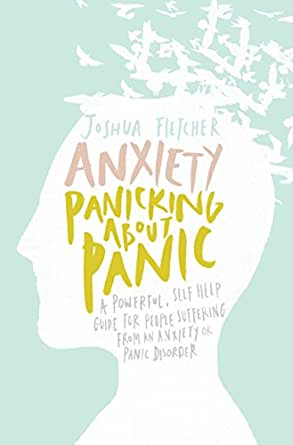You’ve probably heard the term “panic attack” or met a colleague, friend, or family member who is experiencing these seizures, but what about those who witness one of these moments?When we see someone suffering palpitations, spasms or tremors, sweating, suffocating, pressing on the abdomen and chest, feeling nausea, nausea or confusion; How can we help?Let’s look at some very simple tips on how to help someone who has a panic attack.
1) If you did not know that the person has had these seizures from time to time, if this is the first time this occurs or if the person has other medical problems, such as asthma and diabetes, call an emergency department.
- 2) An event like this is often very distressing for those who want to help.
- Take a deep breath and try to stay calm.
- Both for you and to be able to transmit it to the person.
- Keep a calm.
- Warm and firm tone of voice.
- Accompanied by a body language that shows no sudden movements.
3) Avoid giving the person orders and ask if there are any medications you usually take during seizures.
4) Do not discuss the irrationality of fear with comments such as “Is it just your imagination?”, because the person lives the situation as if it were real, threatening and uncontrollable, and feeling misunderstood will make him even more anxious. die, let’s say the crisis will last only a moment and pass soon. Even if you want to hold her arm, so she realizes you care about her, it’s best not to touch her.
5) The person can get paralyzed or run away, even lock themselves in a room, you may be able to sit on the floor and stop moving, if this happens, after a while, ask them to lean on something and try to get up. .
6) Encourage her to keep saying that she is doing very well in every step she takes, ask her simple questions, such as the color of the room in which she is located, how the tiles are on the walls, so that you no longer carry your fear of other things.
7) Listen to her, let her speak, and ask her to relax. It’s important that you regain control of yourself.
8) Help him focus on breathing, inhaling, and exhaling slowly, while counting his breaths aloud, first every 2 seconds, then every 3, until he reaches 5. This will slow the person’s heart rate.
9) Invite her to cool off; moistening the nape of the neck, neck and face is a great relief, especially with excessive sweating.
10) Follow him all the time, until the panic attack is over. If you don’t have your medication and you find out you can’t relax, even after 15 minutes, call a doctor. Often, take a person who is panicking. the attack on the hospital can make them even more anxious; so it’s better to ask him if he wants to go.
Several studies state that the combination of medications with therapy, focused on modifying personal behavior, helps a lot, in this way the patient learns techniques to deal with the panic attack, which can identify automatic thoughts, false alarms and recognize that, although unpleasant, they do not pose a real danger. This method is very useful to help, as it addresses a deeper answer to the following question: how to help someone who is suffering from a panic attack?

